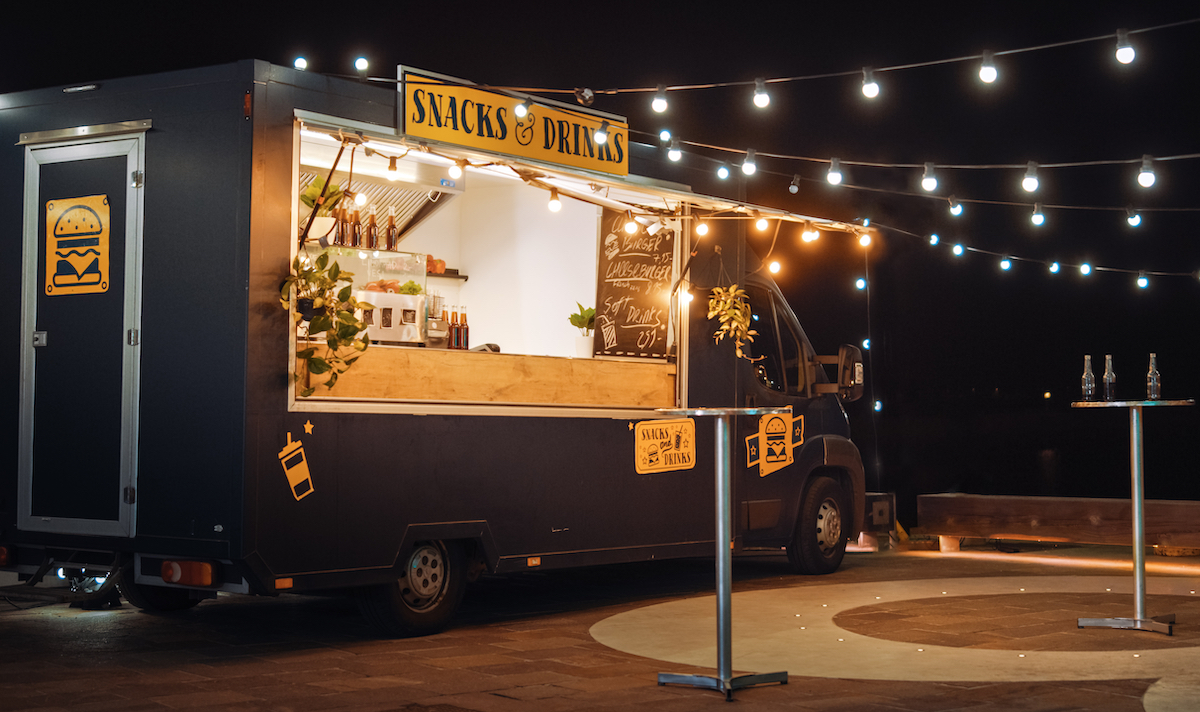
As food trucks look to move into the brick-and-mortar space to lay the groundwork for future growth, omnichannel availability can help brands develop the followings they need to successfully make the shift.
In an interview with PYMNTS, Damon Ebanks, founder and CEO of Nacho Shack, discussed how the brand expanded from its food truck, which launched just last year, into opening a physical location (with more stores possibly on their way).
“I’m a digital marketing executive,” Ebanks said. “… When I got into [the restaurant business], I went into it with the thinking of a digital marketer. I’ve got to get in with Uber Eats and all the other different digital platforms. A lot of other food trucks don’t do that. So, instead of trying to move around and get into every … little event, I said, ‘I’m going to stay in my small town, and I’m going to make sure that my food truck is connected to everything.’”
He noted that he looked for point-of-sale (POS) providers that would make it easy to manage an omnichannel presence — one that included its website, social media channels, email marketing campaigns and SMS campaigns — to reach as many consumers as possible from a limited geographic area.
These platforms are important for reaching customers. Research from the latest edition of PYMNTS’ exclusive Connected Dining report, “Connected Dining: Word of Mouth in the Digital Age,” which drew from a May survey of more than 2,200 U.S. consumers, found that more than half of all diners look at advertisements for incentives such as special offers when searching for restaurant information. Plus, 37% reported accessing content from restaurants’ social media pages.
Plus, consumers want to be able to access restaurants digitally. Findings from PYMNTS’ study “12 Months of the ConnectedEconomy™: 33,000 Consumers on Digital’s Role in Their Everyday Lives,” which drew from responses from tens of thousands of U.S. adults throughout last year, noted that, as of November, 57% of consumers were ordering directly from restaurants online, and 42% were ordering from aggregators.
Additionally, Ebanks is tapping digital tools not only to reach more consumers but also to improve labor efficiency as the brand looks to expand into a franchise. He noted that he is creating a custom app in Notion to gamify employee performance.
“You’ll be on a team of four, and you rack up points for everything,” he said. “If you upsell to sell the hot sauces, if you get Google reviews — everything will have a points value, and once your team has a certain number of points, everybody on the team will get, like, a $100 gift card at the end of the month.”
Indeed, restaurants need creative, tech-supported solutions to weather their ongoing labor challenges. A study cited in the latest edition of PYMNTS’ “B2B and Digital Payments Tracker®,” a collaboration with American Express, “Inflation Puts Technology on the Menu for Restaurants, revealed that 78% of restaurant operators do not have enough staff to support customer demand.